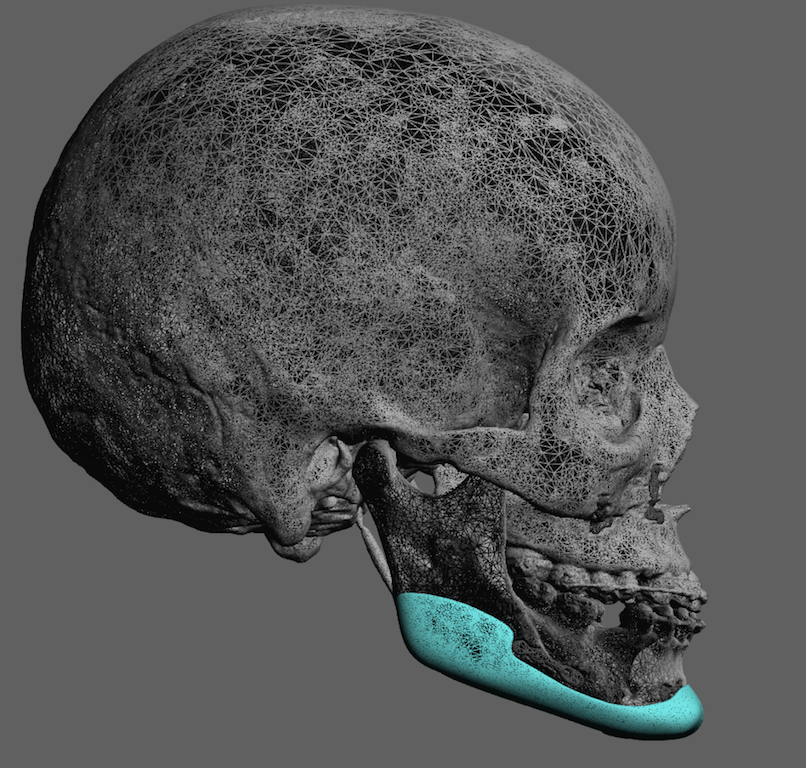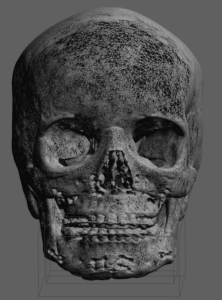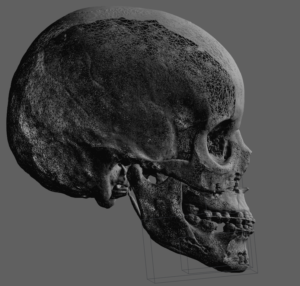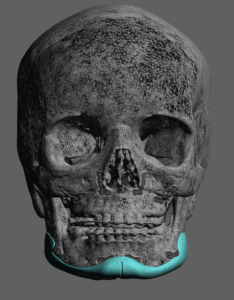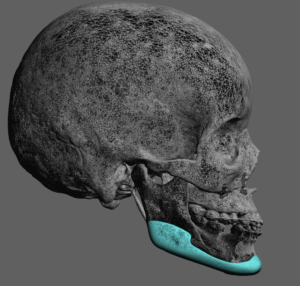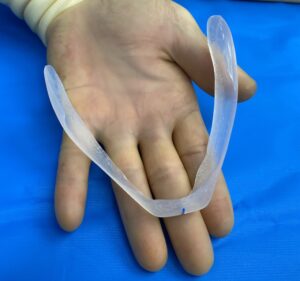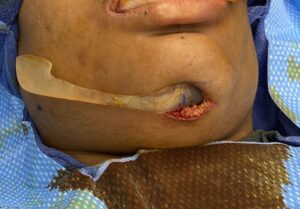Background: V line surgery has become popular over the past decade for those seeking a slimmer lower face. It has its origins in Asia where fuller and wider lower jaws are more common, particularly in women. It is a procedure that is done by a combination of an oblique line of jaw angle and body vertical bone resection (amputation) combined with a t-shaped chin reshaping procedure.
While V line surgery is very effective it has several specific aesthetic tradeoffs in some patients. The most common is soft tissue sagging due to the loss of structural support. This can be seen at the jaw angles with the development of jowling and at the chin with soft tissue chin pad ptosis.
But an often unspoken and less recognized aesthetic effect is that of surgical regret. Some patients can never adapt psychologically to their new facial shape. They don’t recognize themselves, their family and friends may not view the facial change kindly, or they determine they like their original facial shape better. (which is not rare in any form of facial structural surgery) The aggressive nature of the amputation of the jaw angle, creating a steep and unnatural mandibular plane angle, is usually the culprit in my observation. The very maneuver that makes it effective for significant lower facial narrowing is also what can be too extreme for some patients.
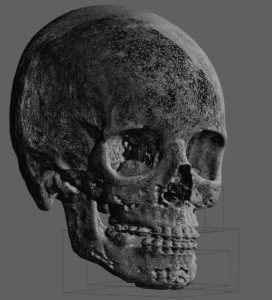
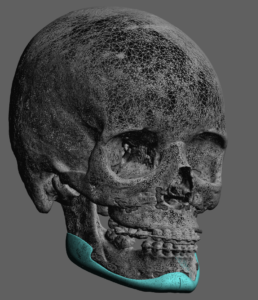
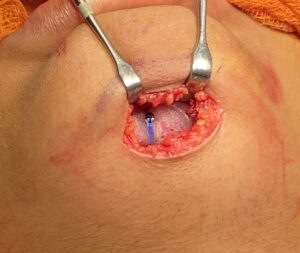
V line surgery in its traditional form removes much of the inferior border of the jawline. In restoring part or all of what was removed defies any off the shelf implant/implant material. Recreating the inferior border bony contour of the lower jaw can only be done by a custom implant design approach. What the restored shape and volume restoration should be ideally obtained by having a preoperative 3D CT prior to the V line surgery. But this is very uncommon. It is more common that before and after lateral cephalometric x-rays are available from which a reasonable implant she estimation can be made.
Case Highlights:
1) The aggressive nature of V line surgery can give some patients postoperative regret who then wish to partially or fully restore their jawline shape.
2) Only a custom jawline implant concept can augment the entire inferior border of the jawline as well as add width if needed.
3) While it is ideal to have original preoperative x-rays to know what the lower jaw shape was, it is not an absolute requirement for the implant design.
Dr. Barry Eppley
Indianapolis, Indiana

